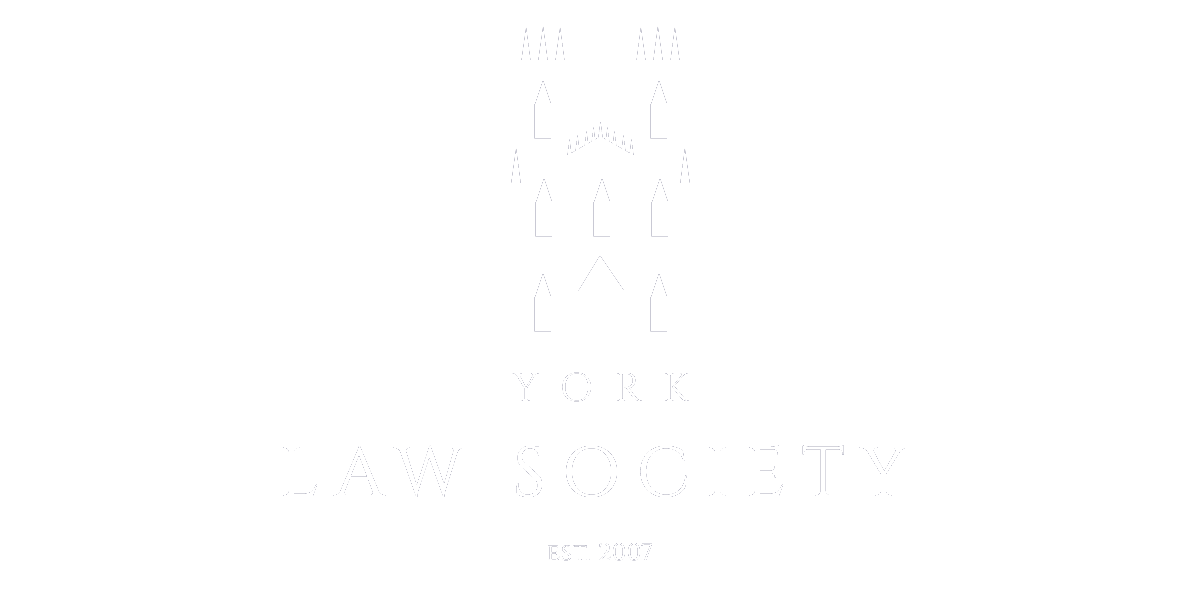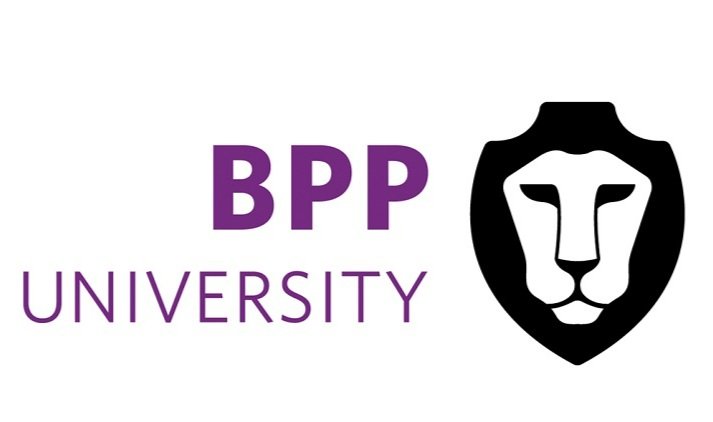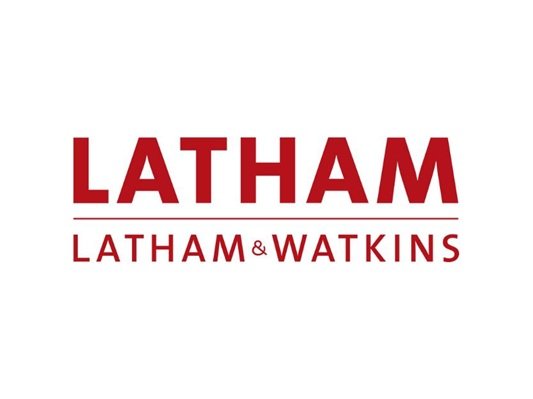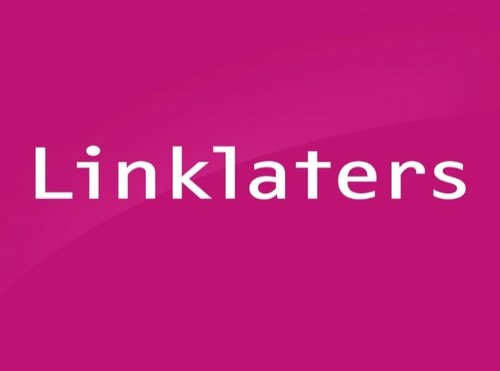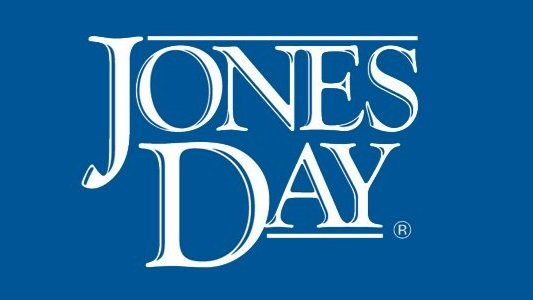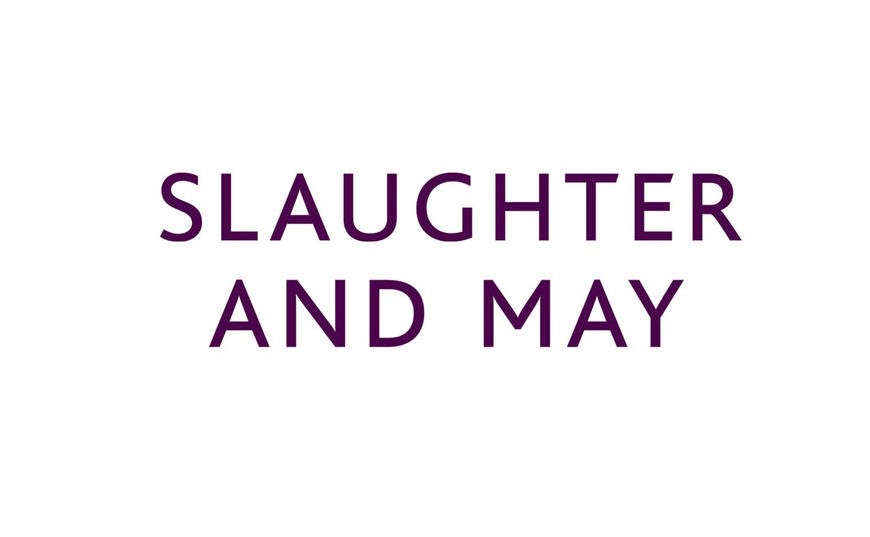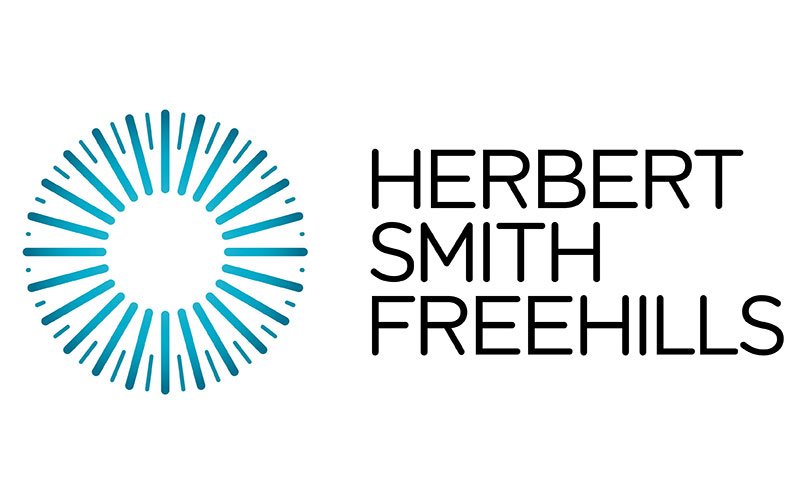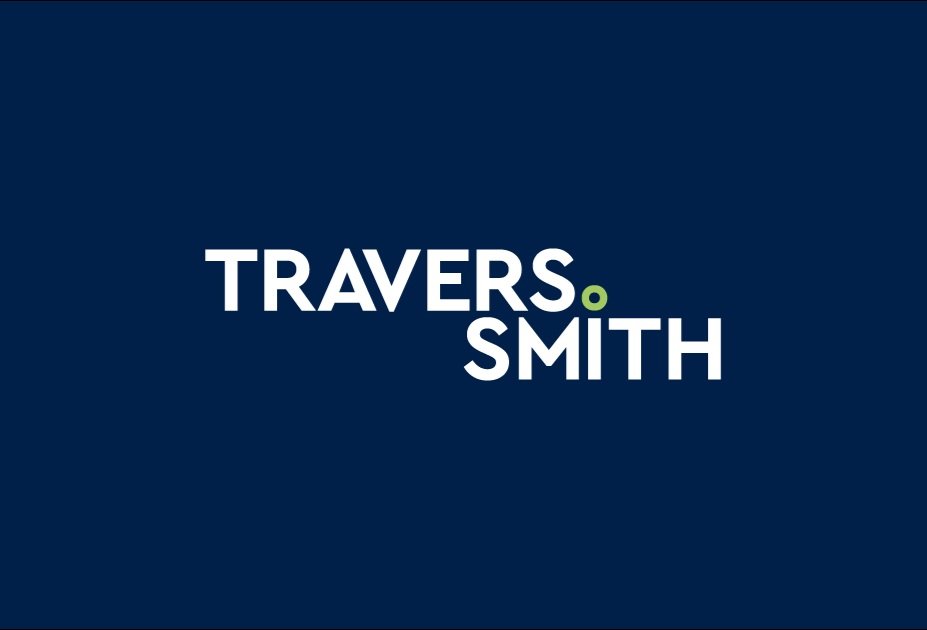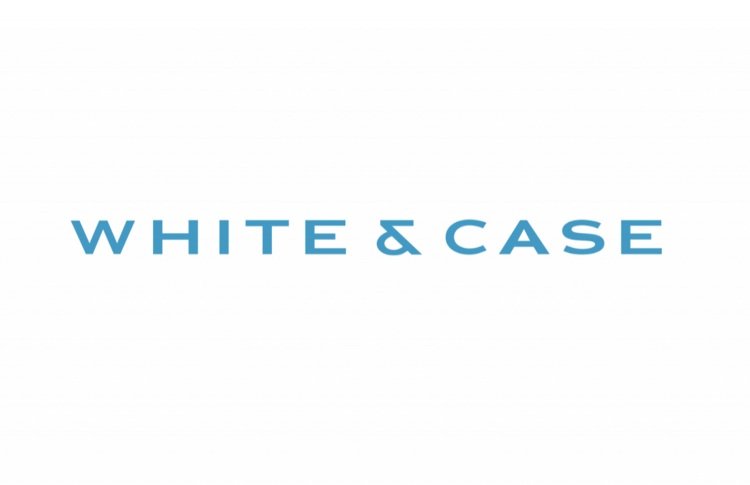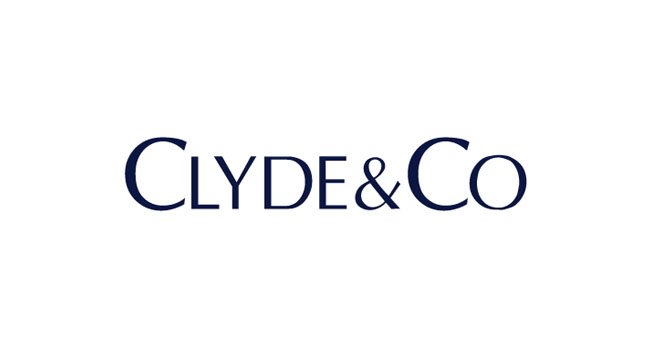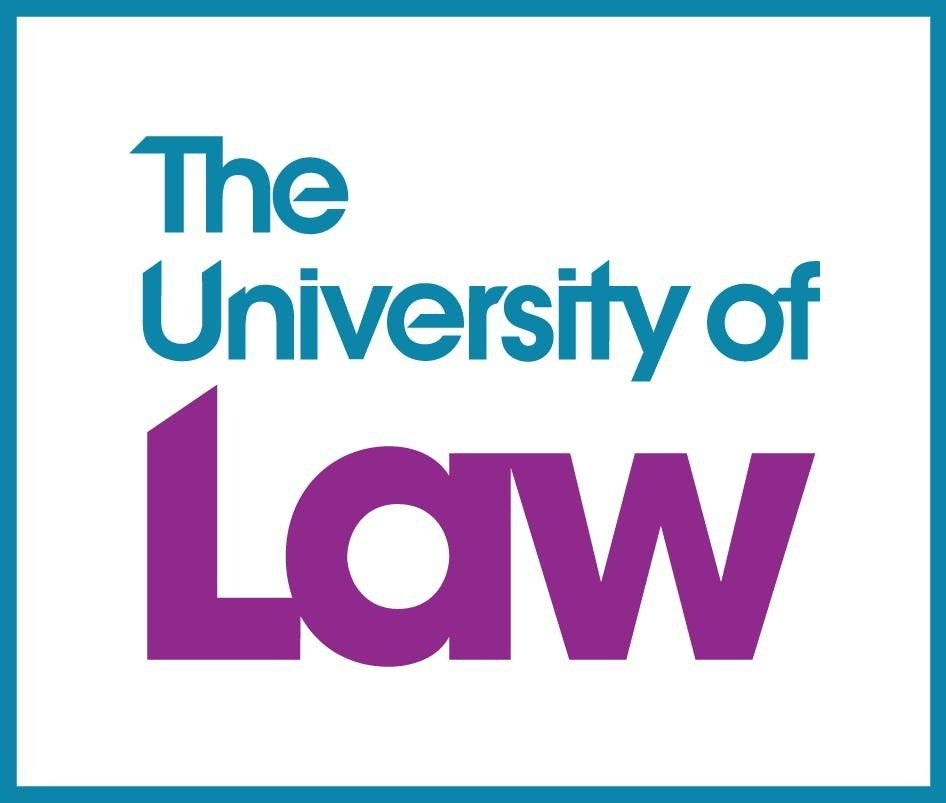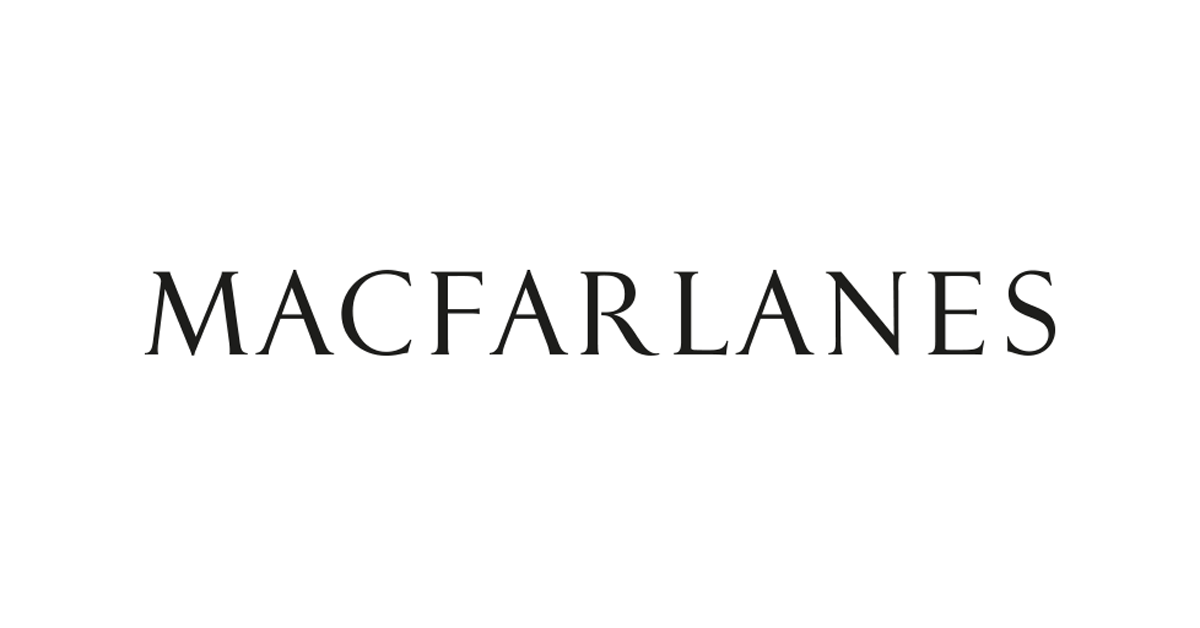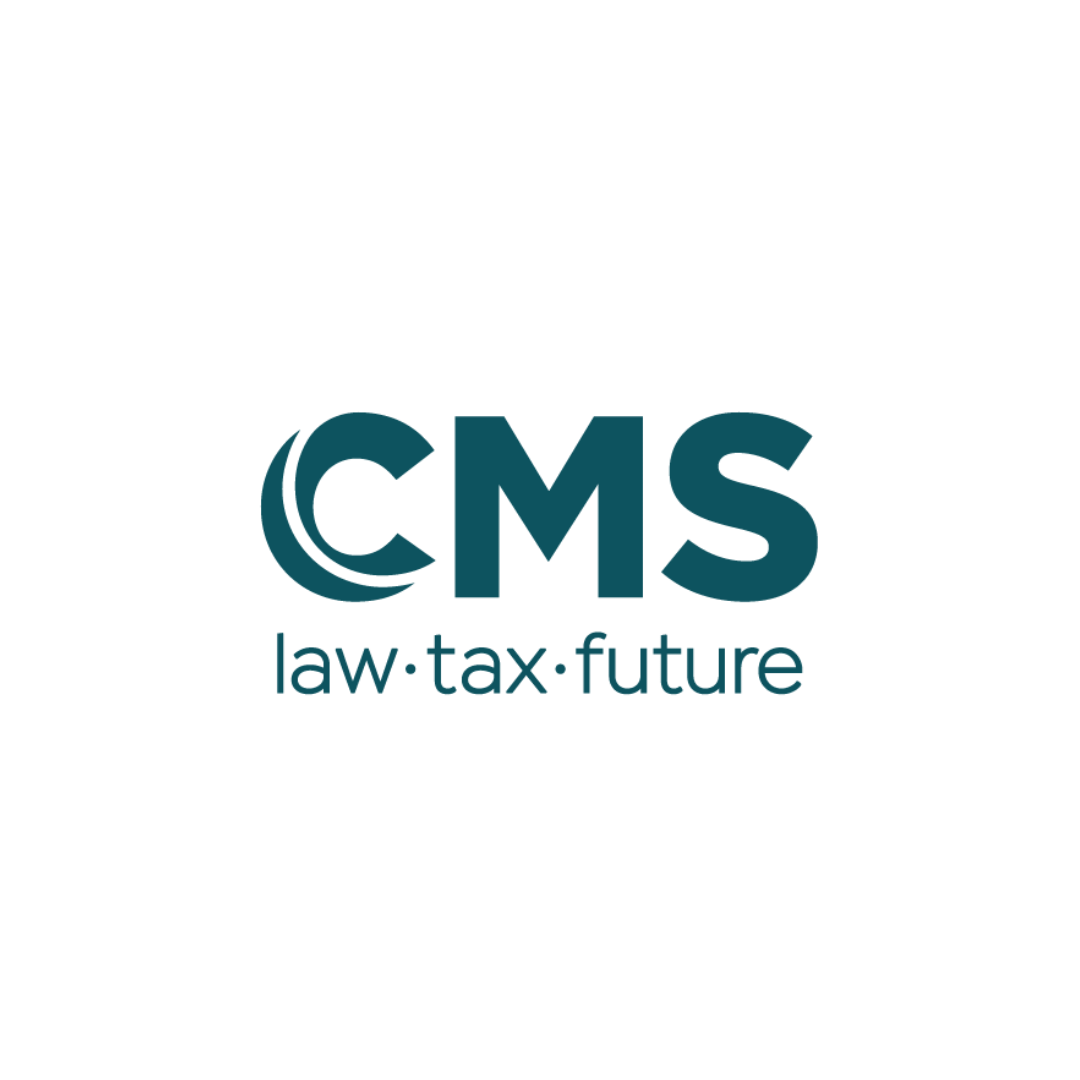Introduction
Non-disclosure Agreements (NDAs), and their use, are becoming one of the most contentious topics in contract law. Such contention is perpetuated by their misuse in cases of workplace sexual harassment and assault. As such, the Advisory, Conciliation, and Arbitration Service (ACAS) defines NDAs as: ‘’agreements that restrict what a person or organisation can say, or who they can tell, about something.”[1]
NDAs can be traced back to the 1950s – such as the initial development of Silicone Valley; where it was important to protect trade secrets to preserve fair competition.[2] As this was a time of significant technological development, NDAs were imperative in protecting original ideas and research from being poached by competing businesses. However, as NDAs to protect trade secrets were used expansively by businesses, their use widened to cases of workplace harassment and assault. This coincided with increased reports of sexual harassment in the 1990s, reflecting a toxic and misogynistic business environment[3]— that some feminists argue retains the power of the patriarchy through less conspicuous means.[4]
The reason that the misuse of NDAs has been so controversial, is that they are used to allow businesses to privately settle matters of sexual harassment and assault in the workplace. The harmful repercussions being employees not reporting the harassment or assault to the police as they are not aware of their legal ability to do so; after signing an NDA. Subsequently, the 2020 Sexual Harassment Survey found that 48% of employees who officially reported their harassment were approached with an NDA by their employer, with 29% accepting.[5] Although seemingly harmless, the regulations surrounding NDAs are ineffective because they create a power imbalance— whereby an employee is presented with an NDA by the other party who is a more senior member of the business than themselves. This is reflected by the Solicitor’s Regulation Authority (SRA) who issued a warning notice about the drafting of NDAs by solicitors, with concerns focussing on issues such as victims being deterred from reporting crimes.[6] Additionally, the Legal Services Board launched an inquiry to investigate the misuse of NDAs, with specific reference to the influence of the #MeToo movement driving this investigation.[7]
The Californian Senator, Connie Levya, called for an outright ban on NDAs to stop the ‘curtain of secrecy’[8], yet this approach is not nuanced enough to resolve the issue. Anne Blaschke argued that the complexities and power dynamics that are involved in current business culture, as a byproduct of patriarchy, must be considered in conversations about workplace harassment.[9] Proposals to ban NDAs would merely alter the way that companies would act unethically, with possibilities such as a lack of gender equality in senior levels of management to reduce women’s influence in companies replacing NDAs. Consequently, current attempts by the government to regulate NDAs such as blanket bans on NDAs being used by universities have been unsuccessful. This is because they do not address the wider cultures that lead to these contracts being made.
The cultural and legal journey of NDAs is an extensive one, reaching back decades. Major factors must be taken into consideration when examining this cultural and legal journey. The three focal points of this piece are:
The increase of NDAs in the 90s
NDAs as a means to give women choices
Toxicity and patriarchy within the workplace
This piece adopts a feminist lens to analyse the relationship between the patriarchy and workplaces that subordinate women. While workplace harassment is not exclusive to female victims, it was found that it is much more likely that a woman would face harassment from a senior colleague, with two-thirds of perpetrators being men.[10] Many studies have acknowledged the extreme gender imbalance in this context, for example, a 2023 study found two-thirds of female trainee surgeons had been harassed by a senior male surgeon and one-third assaulted.[11] Therefore, the gendered element of sexual harassment means that the misuse of NDAs unfairly discriminates against one class of people. Consequently, the context of the harassment taking place makes it imperative to examine this through the perspective of women.
The arguments regarding feminism in this piece centre around feminist legal theory. As this theory acknowledges that contracts were most often outlined by men for men, it encourages the concept of women being involved with the making of contracts to ensure women’s voices are acknowledged[12]. It allows the issue of workplace harassment and NDAs to fairly balance the issues of contracts within this context.
The Increase of NDAs Since the 1990s
Hollywood represents the misuse of NDAs within the public eye, due to extensive media attention. Whereas it is difficult to discuss the private and undisclosed NDAs within the UK, these major Hollywood cases can act as a glamorised depiction of the real problems women face regarding NDAs in the workplace.
The #MeToo scandal demonstrated- on a much more public scale- the impact that toxic workplace cultures and the misuse of NDAs have on women. With testimonies stretching back to the 1990s regarding the behaviour of Harvey Weinstein in the film industry, this scandal was one of the first discussions regarding the misuse of NDAs. Zelda Perkins, Weinstein’s assistant, was harassed and assaulted by him in the early 2000s and when discussions were brought to executives, an NDA was drawn up. Perkins described the ordeal as tortuous and intimidating. Weinstein’s lawyers prohibited her from bringing any criminal action against him and she was refused to even have access to a copy of the NDA, which are actions that make the contract void.[13] This represents how victims are often misinformed about their rights when signing an NDA, leading to an even greater imbalance of power between the parties in the contract.
While it was argued that the #MeToo movement demonstrates the need for extreme regulation of NDAs, the advancements feminists achieved toward reaching gender equality were often ignored in these conversations. After second-wave feminism in the 1970s granted women many rights on the way to gender equality, this in turn reduced men’s ability to exert power and authority over women. Consequently, this manifested itself in workplaces, with men abusing senior positions to sexually harass female colleagues to maintain this sense of control.[14] This created the practice where companies would utilise NDAs to act as ‘payoffs’ to reinforce the workplace cultures that allow the oppression of women.[15] Implementing a piece of legislation that would prohibit NDAs does not correct the workplace cultures that have been oppressing women. NDAs are simply one faucet of this oppressive behaviour. If legislation in this area aims to eradicate these cultures in workplaces, then they must tackle this from a much wider perspective, confronting the obvious yet unchallenged disparities in the ways women in business are treated compared to men.
The Woman’s Choice
The problem with these discussions is that politicians and lawmakers are arguably looking for a short-term resolution to ‘beat’ this issue. However what must be considered is how extreme regulation or a total ban may actually reduce women’s autonomy and freedom.
Before victims even report the harassment to their employer, 23% decide not to out of fear of the repercussions that speaking out could have on their career.[16] Women who have not signed an NDA and instead speak up about their experiences are often targeted not only by employers but sometimes the general public. When Amber Heard detailed her experiences in an abusive relationship, Johnny Depp (while never being explicitly named) took her to court. During this trial, Heard was subject to abhorrent abuse on social media platforms and tabloids, resulting in her ‘memeification’; reinforcing the concept that feminist progressions can only be applied to those whom society view as an ideal victim.[17] Another notable example is when Ashley Judd and Mira Sorvino were refused acting opportunities after speaking out about the abuse they experienced from Harvey Weinstein.[18] This exemplifies that women who speak out about abusers are often vilified themselves, creating a toxic culture where women do not feel comfortable speaking out. Current examples include the documentary on Channel 4 regarding allegations of sexual harassment and assault against comedian Russell Brand. The three key victims of this documentary brought their claims forward anonymously.[19]
With an apparent fear in victims of being publicly identified, instances like Heard’s solidify that the victims themselves are put on trial by the press and general public rather than the perpetrators. This forces women to mostly settle the issue privately to avoid the harm from this trial of character. Similarities can be drawn with less large-scale cases, as workplaces can act as a microcosm of society, with victim-blaming reactions of colleagues and friends of the accused reflecting that of the public in high-profile cases such as Heard’s.
Bans on NDAs do not alter the attitudes that create a patriarchal workplace culture.[20] By passing legislation extensively restricting NDAs, the autonomy and privacy of women who have been harassed or assaulted would be violated, as they are forced to publicly discuss a very intimate and harrowing time of their lives. While it is not a perfect solution, it can be argued that at least NDAs can provide women with compensation for the harassment experienced, something that is not guaranteed in court due to the victim-shaming culture that has developed in this area of assault and harassment.
The Problem of the Toxic Business Culture
Critiques of NDAs often argue that they function as an enabling contract to silence victims of harassment and assault in the workplace by employers.[21] However, reasoning that blames patriarchal behaviour on the contract removes the culpability of the men who act in an oppressive manner.
A key byproduct of these behaviours are networks of complicity. Drumwright described that perpetrators have formed leadership groups as a means to conceal and protect other perpetrators in order for harmful behaviour to continue unchallenged in the workplace.[22] Therefore, businesses should be working proactively to eradicate these networks within their staff, in order to avoid the behaviour in the first place. Existing structures in workplaces will, as a result, work against women if these networks are not unearthed, leading to low reports of harassment and assault in the workplace.
Alongside this, there have been increases in companies using NDAs as pay offs, without actually confronting the behaviour of the perpetrators within their companies.[23] By examining this increase closer, it can be argued that companies are preferring to resolve these matters in-house as it reduces the chance of their reputation being damaged, for example the NDA signed by Perkins. By preferring in-house resolutions to assaults or harassments, companies are more likely to use unethical or illegal methods to ensure victims’ silence. The Legal Service Board is currently carrying out an investigation into the misuse of NDAs by solicitors,[24] with reporters describing concerns over solicitors abusing the imbalance of powers between employer and employees when drafting the terms and signing the contract.[25] The most notable factor of this is the investigation occurring in 2023, three years after the SRA released its own update on the misuse of NDAs. Key points include the following:
How NDAs must not stop victims from reporting a crime
Another party’s lack of legal knowledge cannot be taken advantage of
A party should not be discouraged from seeking legal advice
A copy of the NDA should be provided to all parties[26]
Standard practices such as these were absent when Zelda Perkins signed her NDA, for example, how she could not keep a copy of the contract herself.[27] Furthermore, it is difficult for an individual to break their NDA if it has failed to mention that they can report criminal activity, in certain circumstances, such as criminal proceedings. This makes victims believe that the NDA is a complete silencing order, restricting any further action after its signing.
Therefore, the behaviour within companies and their network of complicity, as well as the reported misuse of NDAs by in-house solicitors prove that the problem is not simply NDAs—the problem is the behaviour of those who are in charge. As the Legal Services Board seemingly reiterates the points that the Solicitor’s Regulation Authority made years prior, with its call for evidence on how NDAs are misused, it is apparent that the cultures that permit these behaviours remain unchallenged. Therefore, simple legislative alterations or bans to NDAs would not achieve the aims intended to protect women in the workplace.
Government Action So Far
The government aimed to make the use of NDAs much clearer. The focal point of this was ensuring that those party to an NDA are made explicitly aware of the circumstances where they can divulge the information made confidential by the NDA, such as in criminal proceedings.[28] Since 2022, some universities have been pledging a complete ban on NDAs to resolve claims of students being harassed or assaulted, which has been received with praise.[29] This proves the point that policy does not place women at the forefront of the conversation, but rather more the reputations of the universities pledging their ban on NDAs; without considering the impact it would have on victims. Furthermore, any alterations that may have a significant effect on the government-proposed legislation have not been passed in four years since its introduction.[30] There has also been a notable shift in companies to prepare for restrictions taking place, with Trojan-Horse-like NDAs appearing in forms of ‘settlement agreements’ or within standard contracts.[31]
This supports the view that a complete ban or partial restriction would not be effective in reducing instances of harassment and assault against women in the workplace as by not changing the culture behind making these contracts acceptable, another similar form of contract and behaviour will always exist.
Conclusion
Women should be at the forefront of the regulation of NDAs. There needs to be consideration of the adverse impacts that removing NDAs completely will have on them. This issue is one of culture and not of policy, so attempting to remove this issue through policy that only affects the surface level of this issue is naïve and impractical. If proposed legislation explicitly highlighted the dangers of current business practices against women, change is more likely. Therefore, NDAs that are drawn up after this behaviour change would follow legal guidance closer and, more importantly, be ethically made. By placing the victim at the front of this conversation, their choices are therefore preserved if they wish to remain anonymous or speak out about their harassment or assault. This would end the use of unfair, internal mediation used by companies in instances of harassment or assault.
In an ideal world, issues such as workplace harassment could be resolved through policy and law-making. Yet due to the toxic, patriarchal culture being ingrained into businesses, true change needs to occur from within the organisation— not just from external policy. It is a problem that needs to be persistently challenged and questioned to create real change, and a government not willing to do this is failing women in the workplace
References
[1] ACAS, ‘Guidance Non-Disclosure Agreements’, (ACAS, 2020) 4.
[2] Paul Hantiuk, ‘NDAs Aimed to Protect Trade Secrets. Now They’re Often Hiding Bad Behaviour, Says Prof’ (CBC, 26th May 2023). <NDAs aimed to protect trade secrets. Now they're often hiding bad behaviour, says prof | CBC Radio> accessed 19 July 2023.
[3] Michelle Dean, ‘Contracts of Silence: How the Non-Disclosure Agreement Became a Tool for Powerful People to Stymie Journalists from Informing the Public’ (Columbia Journalism Review, 14 February 2018), < Contracts of silence - Columbia Journalism Review (cjr.org)> accessed 19 July 2023.
[4] Anne M. Blaschke, '#MeToo is the Undoing of the Devil's Bargain of the 1990s' (The Washington Post, 7th December 2017) <www.washingtonpost.com/news/made-by-history/wp/2017/12/07/metoo-is-undoing-the-devils-bargain-of-the-1990s/> accessed 22 August 2023.
[5] Government Equalities Office, '2020 Sexual Harassment Survey' (GEO, 2020) 8.
[6] Solicitors Regulations Authority, ‘Use of Non-Disclosure Agreements (NDAs)' (Solicitors Regulation Authority, 12th November 2020) <SRA | Use of non-disclosure agreements (NDAs) | Solicitors Regulation Authority>, accessed 18 September 2023.
[7] Legal Services Board, ‘Legal Services Board Launches Call for Evidence on the Misuse of NDAs and the Role of Lawyers' (Legal Services Board, 2nd May 2023) <Legal Services Board launches call for evidence on the misuse of NDAs and the role of lawyers - The Legal Services Board > accessed on 18 September 2023.
[8] Peggy Cunningham and Minnette Drumwright, ‘Banning Non-Disclosure Agreements Isn’t Enough to Stop Unethical Workplace Leader Behaviour’ (The Conversation, 13th December 2021) <Banning non-disclosure agreements isn't enough to stop unethical workplace leader behaviour (theconversation.com)> accessed on 17 November 2023.
[9] Anne M. Blaschke, (n 4).
[10] Government Equalities Office, (n 5) 9.
[11] James Gallagher, 'Female Surgeons Sexually Assaulted While Operating' (BBC News, 12th September 2023) <Female surgeons sexually assaulted while operating - BBC News > accessed 17 September 2023.
[12] Martha Ertman, The Oxford Handbook of Feminism and Law in the United States, (Online edn, Oxford Academic 2021) 532.
[13] Jeremy Kay, ‘Harvey Weinstein’s Former UK Assistant Breaks NDA and Speaks Out’ (ScreenDaily, 23rd October 2017) <Harvey Weinstein's former UK assistant breaks NDA and speaks out | News | Screen (screendaily.com)> accessed 19 July 2023.
[14] Anne M. Blaschke (n 4).
[15] Heather Savigny, ‘What does #METOO tell us about NDAs? (And why I wouldn’t sign one’ (Political Studies Association, 17th July 2020) < What does #MeToo tell us about NDAs? (and why I wouldn’t sign one) | The Political Studies Association (PSA)> accessed 20 July 2023.
[16] Government Equalities Office, (n 5) 86.
[17] Sabrina Moro and others, 'To Be Heard Through the #Metoo Backlash' (2023) 2023(83) Lawrence and Wishart 90-101, 93.
[18] BBC News ‘Harvey Weinstein Timeline: How the Scandal Unfolded' (BBC News, 24th February 2023) <Harvey Weinstein timeline: How the scandal has unfolded - BBC News > accessed 18 September 2023.
[19] The Times, 'How the Times and Sunday Times Investigated Russel Brand' (The Times, 16th September 2023) <How The Times and The Sunday Times investigated Russell Brand > accessed 18 September 2023.
[20] Debra S. Katz and Lisa J. Banks, ''The Call to Ban NDAs is Well-intentioned. But it Puts the Burden on Victims ' (The Washington Post, 10th December 2019) <www.washingtonpost.com/opinions/banning-confidentiality-agreements-wont-resolve-sexual-harassment/2019/12/10/13edbeba-1b74-11ea-8d58-5ac3600967a1_story.html#>, accessed 22 August 2023.
[21] Victoria Pagan, ’21st Century Bridling: Non-disclosure Agreements in Cases of Organizational Misconduct‘ (2023) 76(11) SAGE 1827-1851, 1851.
[22] Peggy Cunningham and Minnette Drumwright, ‘Banning Non-Disclosure Agreements Isn’t Enough to Stop Unethical Workplace Leader Behaviour’ (The Conversation, 13th December 2021) <Banning non-disclosure agreements isn't enough to stop unethical workplace leader behaviour (theconversation.com)>, accessed 17 November 2023
[23] Heather Savigny, ‘What Does #METOO Tell Us About NDAs? (And Why I Wouldn’t Sign One)’ (Political Studies Association, 17th July 2020) < What does #MeToo tell us about NDAs? (and why I wouldn’t sign one) | The Political Studies Association (PSA)> accessed 20 July 2023.
[24] Legal Services Board, (n 7).
[25] John Hyde, ‘Regulators Plan New Work on Lawyers’ Misuse of NDAs’ (The Law Society Gazette, 22nd January 2023) < Regulators plan new work on lawyers’ misuse of NDAs | News | Law Gazette> accessed 24/07/23.
[26] Solicitors Regulations Authority, ‘Use of Non-Disclosure Agreements (NDAs)' (Solicitors Regulation Authority, 12th November 2020) <SRA | Use of non-disclosure agreements (NDAs) | Solicitors Regulation Authority>, accessed 18 September 2023.
[27]Jeremy Kay, (n 13).
[28] Department for Business, Energy & Industrial Strategy, 'Crackdown on Misuse of Non-Disclosure Agreements in the Workplace' (Department for Business, Energy & Industrial Strategy, 21st July 2019) <Crack down on misuse of Non-Disclosure Agreements in the workplace - GOV.UK (www.gov.uk)> accessed 17 August 2023.
[29] Rianna Croxford, 'Universities Pledge to Stop Silencing Sex-Assault Victims' (BBC, 18th January 2022), <Universities pledge to stop silencing sex-assault victims - BBC News >, accessed 19 September 2023.
[30] Zelda Perkins, 'Britain is Falling Behind When it Comes to the Misuse of NDAs', (Financial Times, 23rd June 2023) <Britain is falling behind when it comes to the misuse of NDAs | Financial Times (ft.com) > accessed 18 September 2023.
[31] Ibid
Bibliography
Government Reports
Department for Business, Energy & Industrial Strategy 'Crackdown on Misuse of Non-Disclosure Agreements in the Workplace' (Department for Business, Energy & Industrial Strategy, 21st July 2019) <Crack down on misuse of Non-Disclosure Agreements in the workplace - GOV.UK (www.gov.uk)> accessed 17 August 2023.
Government Equalities Office, '2020 Sexual Harassment Survey', (2020).
Journal Articles
Moro S, Sapio G, Buisson C, Trovato N and Z Duchamp, '’To be Heard Through the #MeToo Backlash’' (2023) 2023(83) Lawrence and Wishart 90-101.
Pagan V, ‘21st Century Bridling: Non-disclosure Agreements in Cases of Organizational Misconduct’ (2023) 76(11) SAGE 1827-1851.
Books
Ertman M, The Oxford Handbook of Feminism and Law in the United States, (online edn Oxford Academic 2021).
Regulatory Reports and Guidance
ACAS, ‘Guidance Non-Disclosure Agreements’ (ACAS, 2020).
Legal Services Board ‘Legal Services Board Launches Call for Evidence on the Misuse of NDAs and the Role of Lawyers' (Legal Services Board, 2nd May 2023) <Legal Services Board launches call for evidence on the misuse of NDAs and the role of lawyers - The Legal Services Board > accessed on 18 September 2023.
Solicitors Regulations Authority ‘Use of Non-Disclosure Agreements (NDAs)' (Solicitors Regulation Authority, 12th November 2020) <SRA | Use of non-disclosure agreements (NDAs) | Solicitors Regulation Authority>, accessed 18 September 2023.
News Articles
BBC News ‘Harvey Weinstein Timeline: How the Scandal Unfolded' (BBC News, 24th February 2023) <Harvey Weinstein timeline: How the scandal has unfolded - BBC News > accessed 18 September 2023.
Blaschke A, '#MeToo is the Undoing of the Devil's Bargain of the 1990s' (The Washington Post, 7th December 2017) <www.washingtonpost.com/news/made-by-history/wp/2017/12/07/metoo-is-undoing-the-devils-bargain-of-the-1990s/> accessed 22 August 2023.
Croxford R, 'Universities Pledge to Stop Silencing Sex-Assault Victims' (BBC, 18th January 2022), <Universities pledge to stop silencing sex-assault victims - BBC News >, accessed 19 September 2023.
Cunningham P and Drumwright M, ‘Banning Non-Disclosure Agreements isn’t Enough to Stop Unethical Workplace Leader Behaviour’ (The Conversation, 13th December 2021) <Banning non-disclosure agreements isn't enough to stop unethical workplace leader behaviour (theconversation.com)> accessed on 17 November 2023.
Dean M, ‘Contracts of Silence: How the Non-Disclosure Agreement Became a Tool for Powerful People to Stymie Journalists from Informing the Public’ (Columbia Journalism Review, 14th February 2018), < Contracts of silence - Columbia Journalism Review (cjr.org)> accessed 19 July 2023.
Gallagher J, 'Female Surgeons Sexually Assaulted While Operating' (BBC News, 12th September 2023) <Female surgeons sexually assaulted while operating - BBC News > accessed 17 September 2023.
Hantiuk P, ‘NDAs Aimed to Protect Trade Secrets. Now They’re Often Hiding Bad Behaviour, Says Prof’ (CBC, 26th May 2023) <NDAs aimed to protect trade secrets. Now they're often hiding bad behaviour, says prof | CBC Radio> accessed 19 July 2023.
Hyde J, ‘Regulators Plan New Work on Lawyers’ Misuse of NDAs’ (The Law Society Gazette, 22nd January 2023) < Regulators plan new work on lawyers’ misuse of NDAs | News | Law Gazette> accessed 24/07/23.
Katz D and Banks L, 'The Call to Ban NDAs is Well-Intentioned. But it Puts the Burden on Victims' (The Washington Post, 10th December 2019) <www.washingtonpost.com/opinions/banning-confidentiality-agreements-wont-resolve-sexual-harassment/2019/12/10/13edbeba-1b74-11ea-8d58-5ac3600967a1_story.html#>, accessed 22 August 2023.
Kay J, ‘Harvey Weinstein’s Former UK Assistant Breaks NDA and Speaks Out’ (ScreenDaily, 23rd October 2017) <Harvey Weinstein's former UK assistant breaks NDA and speaks out | News | Screen (screendaily.com)> accessed 19 July 2023.
Perkins Z, 'Britain is Falling Behind When It Comes to the Misuse of NDAs', (Financial Times, 23rd June 2023) <Britain is falling behind when it comes to the misuse of NDAs | Financial Times (ft.com) > accessed 18 September 2023.
Savigny H, ‘What Does #METOO Tell Us About NDAs? (And Why I Wouldn’t Sign One)’ (Political Studies Association, 17th July 2020) < What does #MeToo tell us about NDAs? (and why I wouldn’t sign one) | The Political Studies Association (PSA)> accessed 20 July 2023.
The Times, 'How the Times and Sunday Times Investigated Russel Brand' (The Times, 16th September 2023) <How The Times and The Sunday Times investigated Russell Brand > accessed 18 September 2023.
